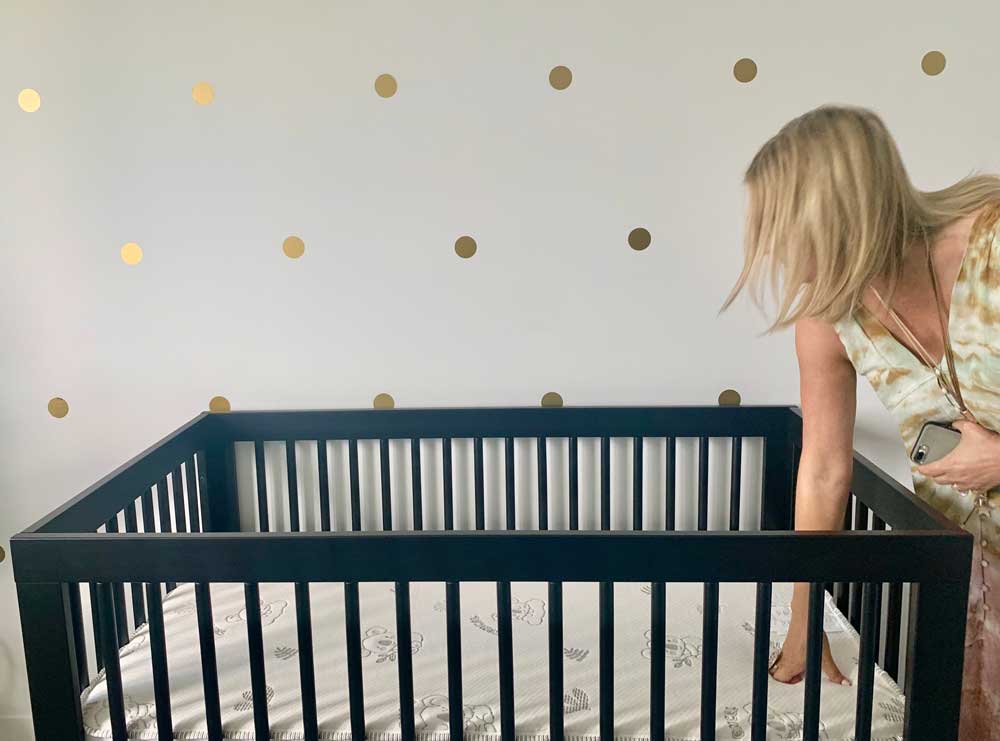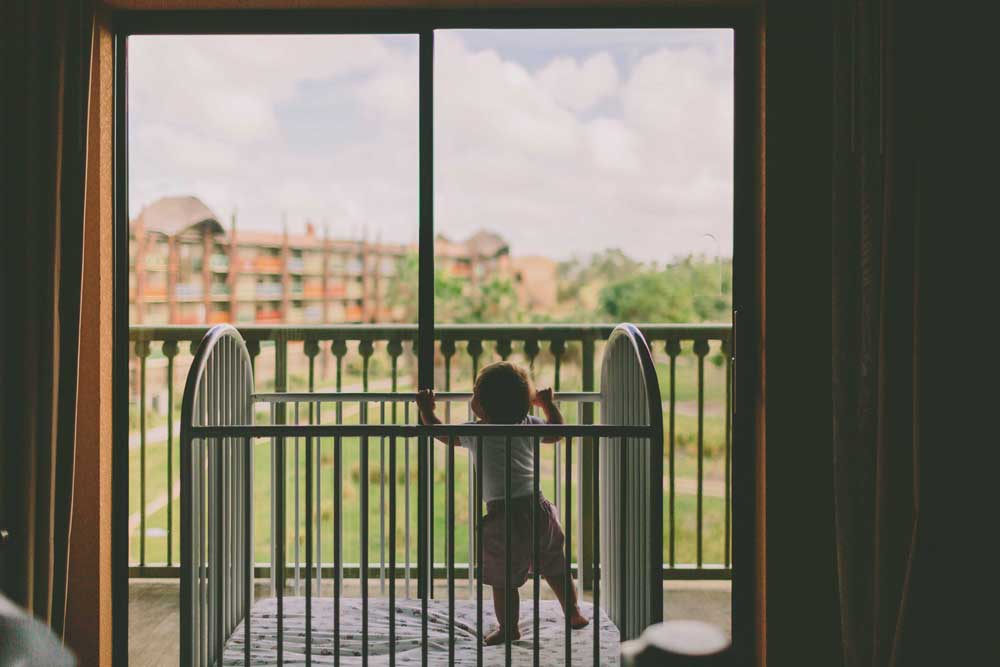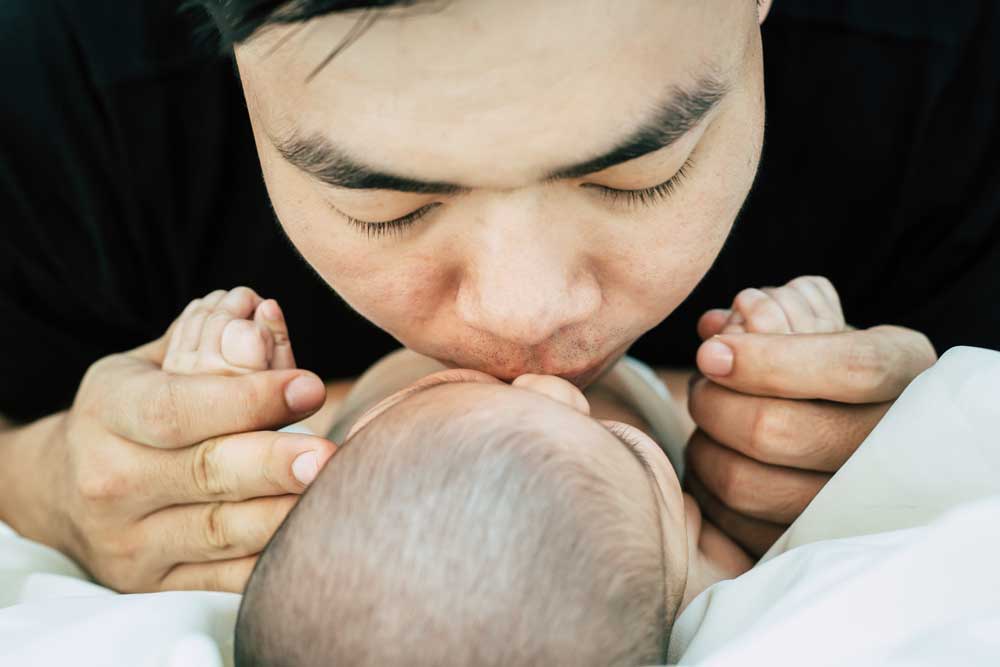
Convertible Crib Safety Tips Every Parent Should Know
Convertible cribs have become increasingly popular among parents, offering a versatile and long-lasting solution for their baby’s sleeping needs. These cribs can be transformed from a traditional crib into a toddler bed, daybed, or even a full-size bed as the child grows.
While convertible cribs offer convenience and value, it’s essential for parents to prioritize safety throughout their usage. In this article, we’ll discuss convertible crib safety tips to help ensure a secure sleep environment for your little one.
Understanding Convertible Cribs
What Is a Convertible Crib?
A convertible crib is a type of baby bed that can adapt to your child’s growth. It typically starts as a traditional crib with fixed sides, a mattress platform,. As your baby grows into a toddler, the crib can be transformed into a toddler bed by removing one or both of the crib sides and lowering the mattress platform.
Some convertible cribs can even be further converted into daybeds or full-size beds with the addition of conversion kits and compatible accessories.
Versatility
Convertible cribs offer versatility and longevity, accommodating your child’s changing needs over several years. They can be a cost-effective choice since you won’t need to purchase additional beds as your child grows.
Transitioning
Transitioning from a crib to a cot can be a significant milestone for your child. Your child can become accustomed to the familiar sleep environment, making the transition less disruptive.
Convertible Crib Safety Tips
Ensuring the safety of your child while using a convertible crib is paramount. Here are essential safety tips to follow:
- Choose a Safe Crib. When purchasing a convertible crib, look for one that meets the safety standards.
- Inspect the Crib Regularly. Regularly examine the crib for any loose or missing hardware, cracked wood, or signs of wear and tear. Ensure that all screws, bolts, and other components are securely fastened.
- Mattress Fit and Placement. Use a mattress that fits snugly in the crib with no gaps between the mattress and the crib’s sides. Ensure that the mattress support platform is adjusted to the appropriate height for your child’s age and development.
- Follow Manufacturer’s Instructions. Always follow the manufacturer’s instructions when assembling and converting the crib. Use the provided hardware and components as recommended.
- Position the Crib Properly. Place the crib away from windows, curtains, cords, and blinds. These can pose entanglement and strangulation hazards. Avoid positioning the crib near radiators, heaters, or any heat sources.
- Avoid Using Bumper Pads. The use of bumper pads inside the crib is not recommended, as they can pose a suffocation risk and increase the risk of Sudden Infant Death Syndrome (SIDS). Instead, use a fitted crib sheet and ensure the mattress is appropriately sized for the crib.
- Secure the Convertible Rails. When converting the crib into a toddler bed, make sure that the toddler rail or side is securely attached and properly aligned. Follow the manufacturer’s instructions for the conversion process to ensure stability.
- Childproof the Toddler Bed. If your child is transitioning to a toddler bed, childproof the room to ensure their safety. This may include securing furniture to the wall, covering electrical outlets, and installing safety gates.
- Monitor Your Child. Keep a close eye on your child as they adjust to the toddler bed. Some children may attempt to climb out or wander during the night. Ensure that the room is safe and free of hazards.
- Use the Full-Size Bed Conversion Kit Safely. If you plan to convert the crib into a full-size bed, use the conversion kit provided by the manufacturer. Ensure that the bed frame and mattress are compatible with the conversion kit.
Transitioning Safely
Transitioning from a crib to a toddler bed and eventually to a full-size bed can be a gradual process. Follow these guidelines for a safe transition:
Toddler Bed Transition
Transition to a toddler bed when your child shows signs of attempting to climb out of the crib or when they have reached the crib’s weight or height limits. Introduce the toddler bed gradually, allowing your child to become familiar with it during daytime play.
Full-Size Bed Transition
When transitioning to a full-size bed, ensure that the bed frame and mattress are compatible with the crib’s conversion kit. Use bed rails or guardrails to prevent your child from falling out of the bed during sleep.
Childproof the Room
Childproof the room in which your child’s toddler or full-size bed is located. This includes securing furniture, covering outlets, and ensuring the room is free of hazards.
Additional Safety Considerations
In addition to the core safety tips mentioned earlier, there are several more considerations to ensure the safety of your child when using a convertible crib:
- Keep Crib Bare. Avoid placing stuffed animals, pillows, heavy blankets, or any other loose bedding in the crib, as they can pose suffocation hazards. A fitted crib sheet is all you need for a safe and comfortable sleep environment.
- Proper Crib Placement. Position the crib away from curtains, blinds, cords, and any potential strangulation hazards. Make sure the crib is not near radiators, heaters, or direct sunlight to prevent overheating.
- Check for Recalls. Periodically check for recalls related to your crib’s brand and model. If there are any recalls or safety concerns, follow the manufacturer’s instructions for addressing them.
- Regular Maintenance. Maintain the crib by tightening screws and bolts, ensuring that all components are secure and that there are no loose parts. If you notice any damage or wear and tear, address it immediately, and consider discontinuing use if the crib is no longer safe.
- Sleeping Position. Always place your baby on their back to sleep, whether in a crib, toddler bed, or full-size bed. This reduces the risk of Sudden Infant Death Syndrome (SIDS).
- Crib Safety Standards. Be aware of crib safety standards in your country and ensure that the crib complies with these standards.
When to Stop Using the Crib
As your child continues to grow, you’ll eventually need to transition them to a regular bed. While convertible cribs can accommodate toddlers and even older children, here are some signs that it might be time to say goodbye to the crib:
- Climbing Out. If your child is capable of climbing over the crib rail, it’s a clear sign that they’ve outgrown it and it’s no longer safe.
- Height and Weight Limits. Check the manufacturer’s weight and height limits for the crib. If your child exceeds these limits, it’s time to transition to a larger bed.
- Expressing Discomfort. If your child starts to complain about feeling cramped or uncomfortable in the crib, they may be ready for a larger sleeping space.
- Transitioning to Toddler Bed. If you’re using a convertible crib, you’ll naturally transition to a toddler bed before moving to a full-size bed. Pay attention to your child’s readiness for each step.
Conclusion
Convertible cribs offer parents a convenient and versatile solution for their child’s sleep needs, adapting to their growth over several years. However, it’s crucial to prioritize safety throughout the crib’s usage, from assembly to conversion and transitioning.
At KIKI & SEBBY, safety is one of our primary priorities. For starters, our SBROUT® 4-in-1 Multifunctional Baby Crib Bundle is designed to provide a safe sleeping space for your newborns.
For your added peace of mind, our baby crib is made from sustainable wood and complies with British Standard (BS EN) 1130 & 716-1:2017 safety requirements. Ready to invest in your baby’s comfort and safety? Click here.

How Sustainable is Rubberwood? Making Eco-Friendly Choices in Baby Products









